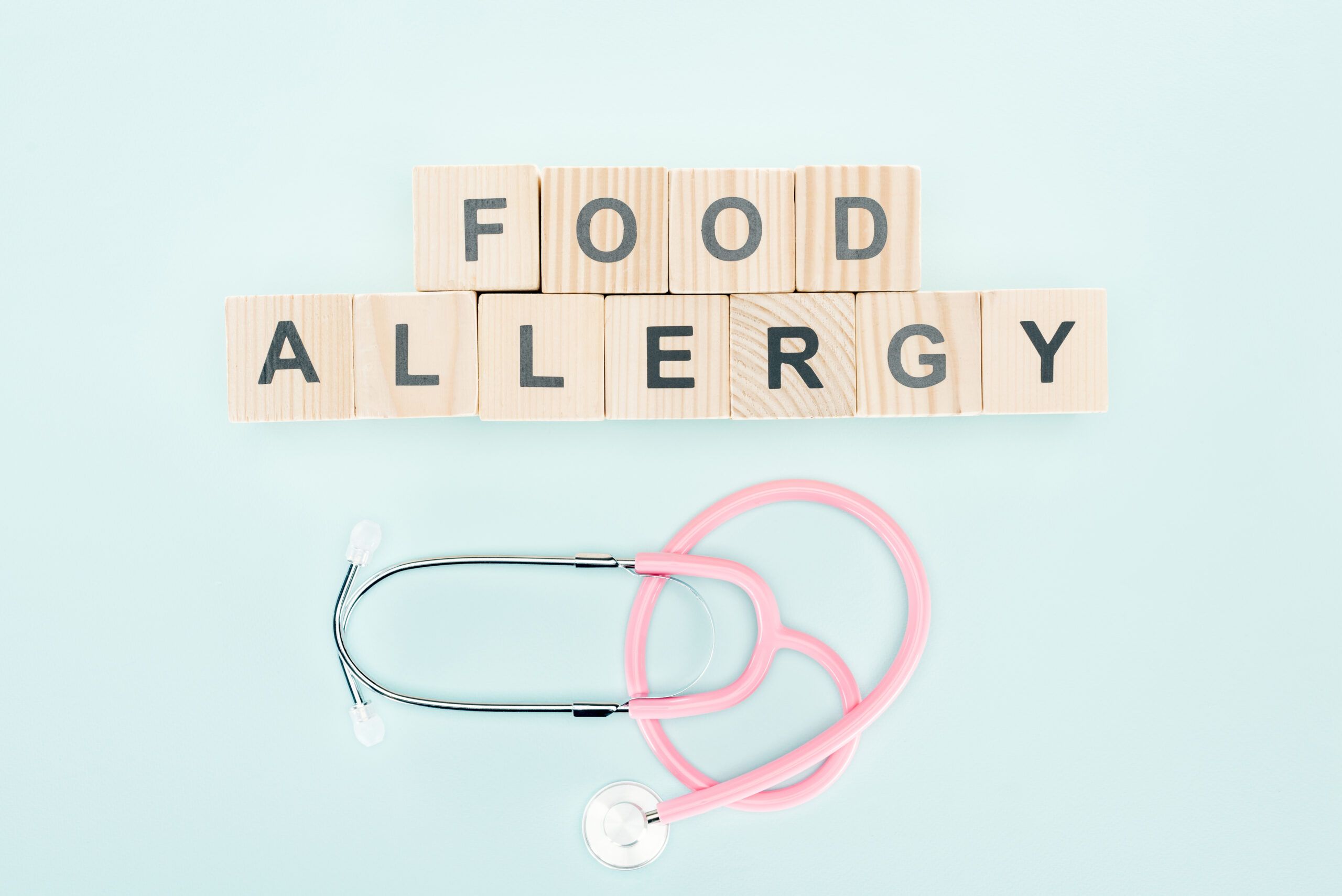You’ve eaten shrimp your whole life, but one night out ends with hives and a trip to urgent care. Sound familiar? More adults are developing food allergies later in life, and it’s leaving many people confused and concerned. Unlike childhood allergies, which are often diagnosed early, adult-onset food allergies can appear suddenly, and they’re on the rise.
In this blog, we’ll explore why food allergies are increasing in adults, what symptoms to look out for, and what steps you can take to manage them with confidence. Whether you’ve recently had a reaction or simply want to stay informed, this guide is designed to give you real-world answers without all the medical jargon.
The Surprising Rise in Adult-Onset Food Allergies
Food allergies used to be considered a childhood issue, but that’s changing fast. According to recent studies, nearly half of adults with food allergies developed at least one of them in adulthood. Why? Researchers point to a combination of factors:
- Changes in gut microbiota due to diet, antibiotics, or stress
- Environmental factors like pollution or chemical exposure
- The “hygiene hypothesis,” suggesting our overly clean environments may limit immune development
- Underlying immune conditions or aging immune systems
With adult allergies on the rise, it’s more important than ever to stay aware even if you’ve never had issues before.
Which Foods Are Most Likely to Trigger Adult Allergies?
You might be surprised by how specific adult-onset food allergies can be. The top triggers include:
- Shellfish: Shrimp, crab, lobster
- Tree nuts: Almonds, walnuts, cashews, pecans
- Fish: Salmon, tuna, cod
- Peanuts: Especially common and potentially severe
- Fruits and vegetables: Especially raw apples, peaches, carrots, and celery (due to oral allergy syndrome)
- Soy and wheat: Less common but increasingly recognized
Many of these are hidden in sauces, baked goods, and processed snacks, making label reading a must.
Spotting the Signs: Symptoms You Shouldn’t Ignore
Reactions can vary from mild to severe and may develop within minutes or hours. Here’s what to watch for:
- Tingling or swelling in the mouth, lips, or throat
- Hives, itching, or red rashes on the skin
- Nausea, stomach cramps, or vomiting
- Coughing, wheezing, or shortness of breath
- Light-headedness or fainting
- Anaphylaxis, an emergency reaction that can include a sudden drop in blood pressure, constricted airways, and unconsciousness
Even if a reaction seems minor, it’s important not to brush it off. Some allergic responses can escalate with repeated exposure.
Your Action Plan: What to Do If You Suspect a Food Allergy
Getting ahead of a potential allergy can prevent more serious health scares. Here’s what to do:
- Start a food and symptom journal. Record everything you eat and note when symptoms arise. Patterns can help your doctor make a quicker diagnosis.
- See an allergy care provider. At the Asthma Allergy Immunology Center, we offer skin prick testing, blood tests (IgE levels), and clinical evaluations to identify true allergens.
- Avoid self-diagnosing. Many people assume they’re allergic when it might be a food intolerance. Professional testing gives you clarity and confidence.
- Ask about cross-reactivity. If you’re allergic to birch pollen, you might also react to apples due to oral allergy syndrome. Understanding these connections can prevent surprises.
Managing Allergies at Home and in Public
Once diagnosed, managing a food allergy means adapting your lifestyle. Fortunately, small adjustments go a long way:
- Learn how to read food labels carefully. Watch for alternate names of allergens (e.g., “albumin” for egg, “casein” for milk).
- Cook at home more often. Controlling ingredients minimizes your risk and helps you discover allergy-friendly recipes.
- Inform your inner circle. Make sure family, friends, and coworkers are aware of your allergy and know what to do in case of a reaction.
- Dining out? Call ahead. Ask about preparation methods and cross-contamination policies. Don’t be afraid to advocate for yourself.
Emergency Preparedness: Carrying an Epinephrine Auto-Injector
If your doctor prescribes an epinephrine auto-injector (like an EpiPen), always have it with you, and know how to use it. Practice with a trainer device and teach those around you.
Quick response can mean the difference between a manageable situation and a life-threatening one. Many people only realize they need one after experiencing a reaction.
What About Food Sensitivities or Intolerances?
Not all food reactions are true allergies. Intolerances like lactose or gluten sensitivity often involve the digestive system, not the immune system. While uncomfortable, they are rarely dangerous.
If you experience bloating, gas, or fatigue after eating certain foods, it may be worth discussing both allergy and intolerance testing with your provider. Understanding the difference helps you choose the right treatment and diet strategy.
Can Food Allergies Go Away or Come Back?
Yes and no. Some people find their allergies fade over time, while others may suddenly react to a food they previously tolerated. Triggers can change with age, hormone shifts, or immune changes.
Even if you haven’t had a reaction in years, don’t assume the allergy is gone without re-testing. Conversely, don’t be surprised if a new allergy shows up unexpectedly, it’s more common than ever.
Living a Full, Flavorful Life with Food Allergies
The good news? Food allergies don’t have to limit your life. With growing awareness, safer dining options, and a booming market for allergy-friendly foods, it’s easier than ever to live fully and safely.
Explore new cuisines, experiment with alternative ingredients, and lean on support groups or dietitians who specialize in allergy management. You’re not alone and you’re not limited.
If you suspect a food allergy or want a more accurate diagnosis, don’t wait. Book a consultation at the Asthma Allergy Immunology Center today. Our expert team is here to help you identify triggers, create a personalized care plan, and regain peace of mind around food.

